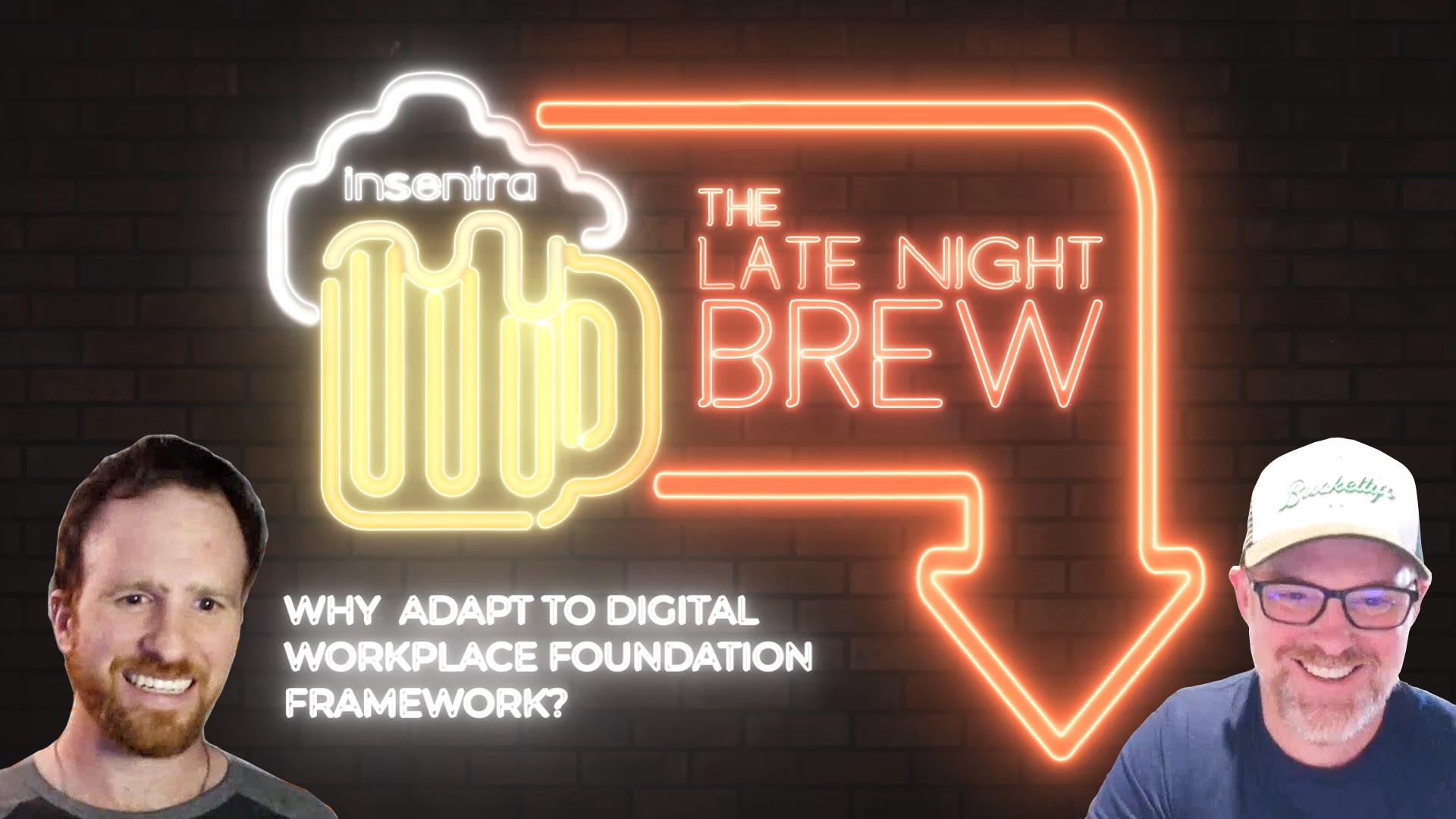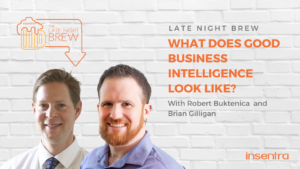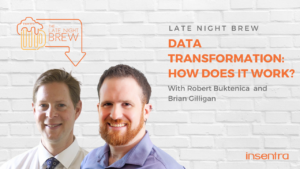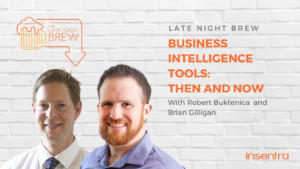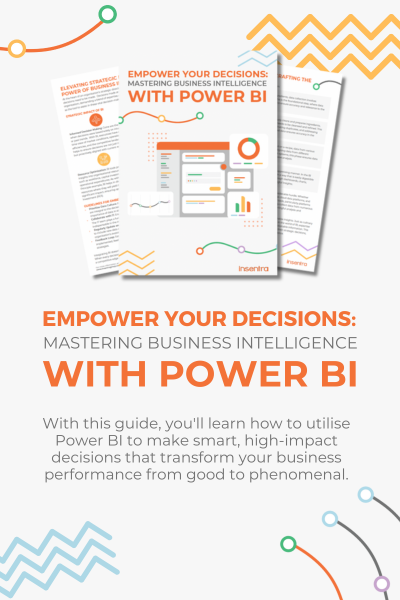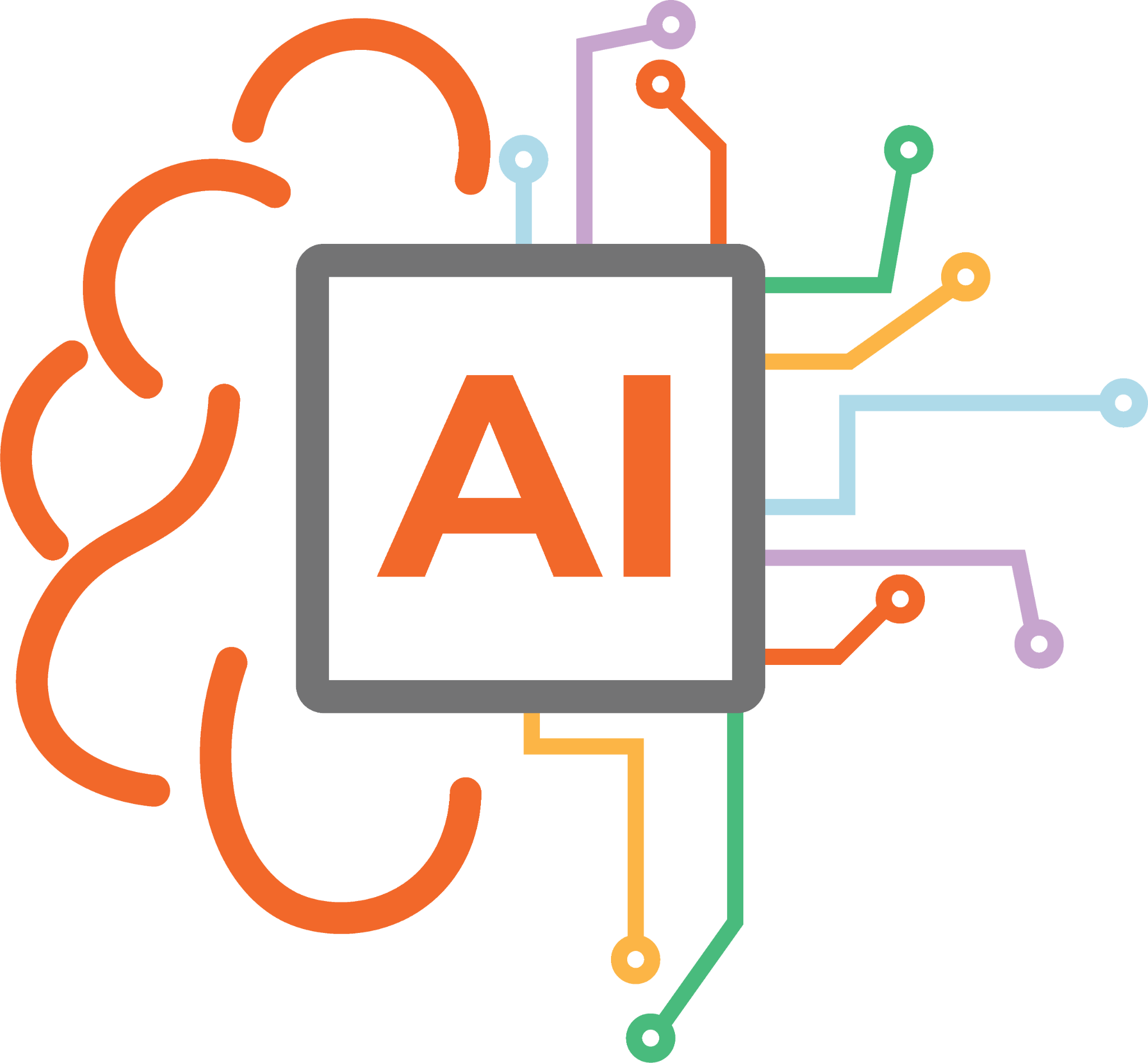On this second episode of Lee Foster and Robert Buktenica’s Late Night Brew. Lee talk on the value of a foundation for the digital workplace. The structure or basis should be adopted, according to Lee, because finding and keeping talented employees is currently firms’ largest difficulty.
TIMESTAMP
00:07 – Introduction
00:41 – The Brew
01:40 – Why should organisations consider adapting to this framework?
03:57 – Deliver the consumer experience in the business marketplace
05:22 – Productivy rises when getting great user experience
06:38 – Who in the organisation should be involved?
TRANSCRIPT
Introduction
Robert Buktenica: Hello, everyone, and welcome to yet another episode of the Late Night Brew. Joining me, again, hopefully this time with a brew is Lee Foster. Lee, welcome back, buddy.
Lee Foster: Good day, mate, good to see you again. It feels like it’s been forever.
Robert: I know, I know, it has been forever, at least in digital time. So, my friend, on this one we’re gonna be tackling episode two, the second half of digital workplace. You know, why would organisations considering adopting and who needs to be involved? However, first, you know the drill well, what brew are you having with me?
The Brew
Lee: My brew is tea as always, man, but I am representing today, Bucketty’s, which is a local microbrewery to meet down in Brookvale down the beach, which is absolutely fantastic. So when you are in Australia, whenever that is, I’ll make sure you get the Bucketty’s in four pints. You’ll absolutely love it, mate.
Robert: That’s a deal, and I’m expecting you’ll have a brew at length at that point.
Lee: Yeah, absolutely, mate, and yourself?
Robert: Well, in the happy hour here, I’ve got, it’s called the Sunny Little Thing. It is a wonderful citrus wheat, so nice and refreshing, not too heavy.
Lee: Good on you, mate.
Robert: Good, if you’re ever around here. I got a whole list of brews and for anyone who visits, so. On that, so we covered a little bit of what on the last episode of the what. Now, on this, why should organisations considering adopting or diving into this, this framework or foundation?
Why should organisations consider adapting to this framework?
Lee: Yeah, look, good question. It is very much a continued thing, right? If you look at the market that industries and businesses are in right now, the biggest challenge is attraction and retention of good people, right? I think that can be set across a lot of different tech portfolios. But if you think about- you heard me said it last time- if you think about users in their personal lives that are used to that, I call it that Jetsons experience.
Then they come into the business and they work in the workplace, and they get that kind of Flintstones experience, that is the biggest reason why an organisation needs to care about the Digital Workplace Foundation or digital workplace overall. Because it’s one thing delivering a promise when you bring someone on board or you’ve got someone you’re working with over a period of time, that we are the best in our field at X. We have a vision statement that says Y.
Robert: Correct.
Lee: But the truth is, day-to-day, that individual has a pretty lackluster experience day-to-day, and then a lot of instances. But the execs, CSOs, CIOs, HR and ER, and all those type of people, they don’t understand or know that the user experience is average. They just bring them on, give them the devices give them access to the systems and away they go.
So, really, that truly is one of the core reasons, and to underpin that with a statement, is if you lose critical people from your business because their work experience is poor. I talked last time about the Adobe State of work study, one in three people lose because the technology is a barrier to them getting work done.
The cost to replace those in the current marketplace and climate is crazy, and you’re not just replacing the individual, how do you replace the IP that they’ve got in the process if you haven’t taken that and leverage that into the platform?
Robert: All that tribal knowledge, you know, oh yeah, he just knows this little thing and he’ll take care of it.
Lee: Exactly. If you put the user at the centre and say, “Okay, let’s understand what Buck needs to get good work done.” That’s the productivity side of it, right? Now, why do I care about the workplace foundation? I can’t get good work done in productivity unless the foundation is right. So when we talk Digital Workplace Foundation, it’s all about the tech foundation and getting that to the place it needs to be to enable you to deliver that outstanding user experience.
Deliver the consumer experience in the business marketplace
Robert: It’s that, hey, it takes us twelve steps to do this process, how can we make it eight? How can we make it six, and smoothing all of those things out? How can we empower or encourage, or create the pathway for people to do their jobs without fighting every step along the way or checking off thirty check boxes, right?
Lee: Exactly right. Again, with that user in the centre, if you think about stakeholders, you’ve got like HR, you’ve got a CEO with a vision, you’ve got IT trying to manage cost and process, and everything else. You’ve got a CFO, again, aligned to costs. Then you’ve got like a CSO that’s focused on security.
All these have competing priorities, but yet they’re all stakeholders, but they’re not focused in on that. Again, that Jetsons experience versus Flintstones. If they come together and say, “Let’s deliver the same experience, the consumer experience in the business marketplace.”
So it’s coherent and they get a great day-to-day experience, all of those other areas that the other stakeholders are challenged with, you know, they become manageable, right, because the user experience is better. We understand the foundation, we’ve rationalised, we’ve delivered a better outcome, we’ve reduced costs, and so on.
Productivity rises when getting great user experience
Robert: I was going to say how I would translate or what I’m hearing is all of the different stakeholders have their eyes on the outcome, right? Hey, we need X at the end of the day. They’re not looking at the steps to create X, and it’s bringing that focus from the outcome to say, “Hey, look, here’s the process that they have to do to get there. This isn’t efficient, let’s do something about it.”
Lee: Exactly right, exactly right. It’s funny, right? If you get the Digital Workplace Foundation right, that allows you to get the good work done, put that to productivity, productivity rises at the rate that you need it to and you get that great user experience, that lifts morale. It lifts everything in the organisation.
That allows you to generate and build more revenue, right, because you’re taking people that are kind of struggling in their role, battling tech to getting time back and efficiency back to recognise the tangible and intangible benefits of a good, solid, robust digital workplace foundation which is going to drive revenue.
Who in the organisation should be involved?
Robert: Absolutely. We talked a little about, you know, the different stakeholders, would you say, though the CFO, the CISO, the CEO of them, would they need to be involved, or to package it in a proper question, who in the organisation, really, should be involved in this?
Lee: Great question, mate. The kind of– the easy answer to that is from an advisory capacity, all of the above, right? But parking that, the most critical thing to establish and understand is the user experiences I’ve said throughout, right? So you need to– we need to engage personas across the business to baseline the level of experience what a day in the life of looks like, and they’re maturity around the products and services that they use, right?
So gauge that, so leverage the stakeholders to identify key champions of change, if you like, and then work with those individuals. And then, of course, the people that I mentioned, you need to bring a CEO. For CEO is setting a vision that we want to deliver an effective and enabled workforce. Yet the foundation that IT delivers is nowhere near that. You need to bring the CEO and IT together to showcase the art of the possible.
This is what you’re doing today and this is the experience that we’ve polled, and this is the feedback on the experience. You don’t want to be that one in three statistic, right? So let’s pivot that and say, IT, this is what you’re delivering and it’s not meeting the mark of what the business is looking for. That’s challenging, right?
Then we just need to reframe the position for the likes of the CFO that’s aligned to IT for the costs that are being incurred, and show that we can improve that, make IT heroes, right? Make IT heroes. We can then make champions of change in the business heroes. HR is a great one too, right? Representation from HR, potentially, even ER.
Bringing that in because these are the people that’s dealing with contracts. These are the ones that putting down in paper what a new individual coming into the business can experience and will experience, right? And then when they get that Glassdoor type review saying, “Well, you promised us X, and we stayed for a year and we left.” We saw why, were they really misaligned.
As much as a baseline in the maturity for the personas across the business, what does the recruitment strategy look like, what’s your promise to perspective employees? What’s your ongoing promise to the people that you’ve got on staff, and are you meeting that, right? All of these things let us come back to, okay, in order for you to deliver platforms to excel, you have to really care about that foundation.
You can’t just put building blocks together and say, “Well, we’ve got a desktop, we’ve got remote apps, we’ve got the VPN. Whatever your network access layer is, we’ve got all these pieces, should be fine.”
Robert: Well, do they walk the talk too of, “Hey, we’re supposed to be this awesome futuristic forward,” you know, pushing and half the systems are legacy and built, and there’s an AS400 floating around somewhere.
Lee: Yeah, exactly, exactly right. It’s the reframe too, Buck. Some of it is, we can’t do this because. Okay, well, let’s base that on a fact or a data point, not an opinion. So, let’s unpack that a little bit more. You’re saying we can’t do this because X is legacy and we need it, and that’s that?
Well, let’s come back. Let’s understand what you do as a business today, what you did ten years ago, and what you’re going to be doing three years from now, right? And then we can challenge that statement and say, “Now, we’ve unpacked that and we’ve kind of reframed it a bit and shared some insights, is that opinion of yours backed up and justified by a data point? Because if it’s not, it’s moot. Let’s move past it.”
Robert: Yes.
Lee: Right? It’s a lot of that. I think that talks back to why should we care? That’s a really critical point. Rounding that out, that’s why we should care. The people involved are going to be the ones that, you know, set and deliver, and execute on what they pretty much promised to the people that make the business hum.
Robert: Right, yeah. That’s actually a fantastic point to end on, as that, we are more than eating up our time. As always, thank you, my friend. It’s a pleasure having you on.
Lee: Absolute pleasure, mate.
Robert: Anyone has any other questions, want to dive into it, want to learn more, reach out, you know, our contact info is below. Until next time, though. Cheers, mate. Take care.
Lee: Cheers, Buck, see you soon, mate, and remember, Buckettys Australia.
Ready to transform your digital workplace and deliver an outstanding user experience? Our team of experts is here to help. Contact us now to discuss how our Digital Workplace Foundation framework can benefit your organisation.
Previous Episode: Late Night Brew – What is Digital Workplace Foundation?


